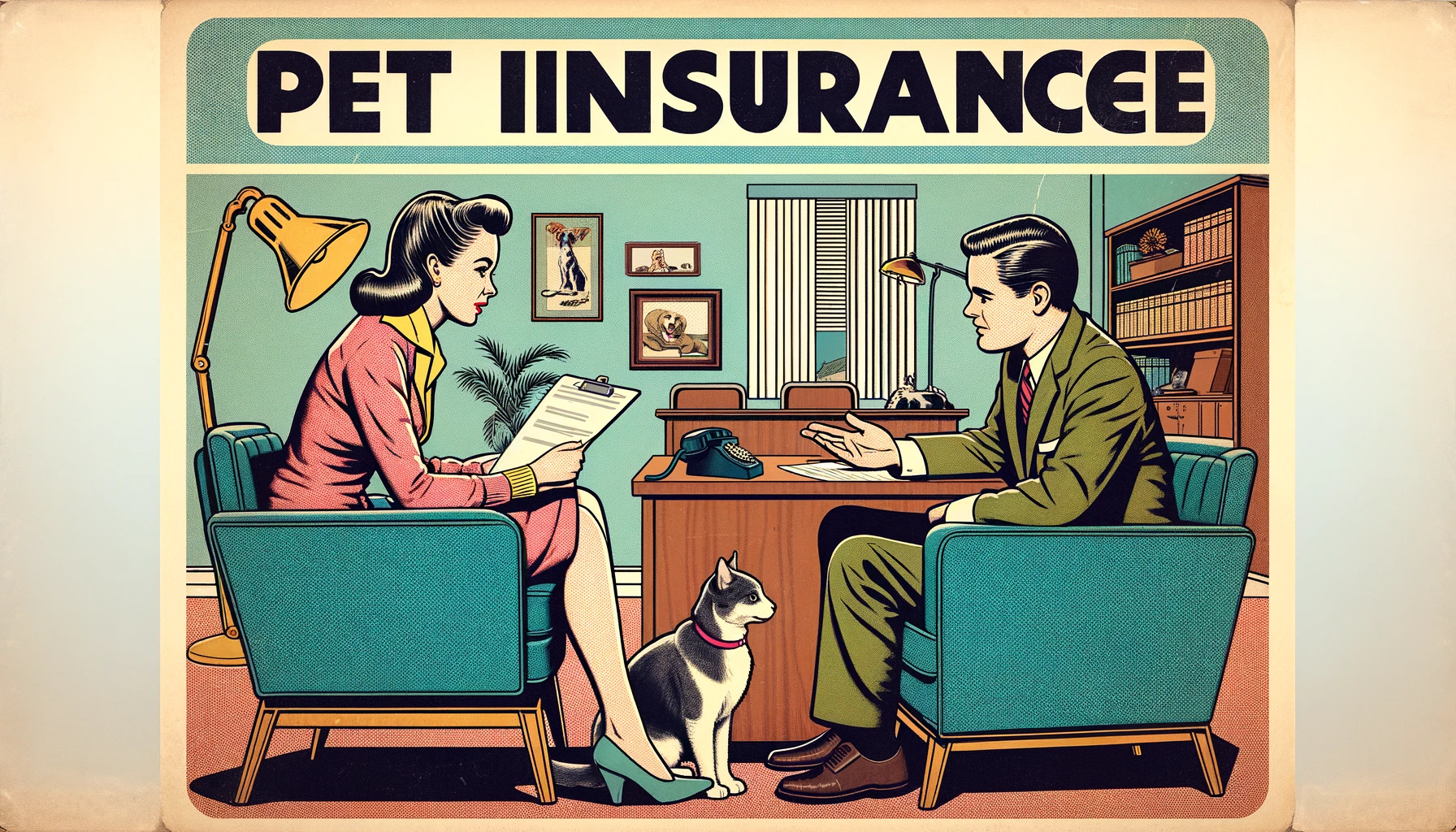Pet insurance provides a safety net for pet owners, covering a portion of veterinary costs and offering peace of mind. However, not all claims are approved, and denials can occur for various reasons, including issues related to coverage limits, pre-existing conditions, or incomplete claim submissions. When faced with a denial, it’s important to act promptly and knowledgeably. Following the right steps can increase the likelihood of a successful appeal, ensuring your pet receives the care they need without undue financial burden.
1. Understand the Reason for Denial
The first step in addressing a denied claim is to understand the insurer’s reason for the decision. Insurers are required to provide a written explanation for the denial, which can include issues such as lack of coverage for the specific condition, failure to meet policy terms, or incomplete documentation. Carefully review this explanation to identify any areas of misunderstanding or error.
2. Review Your Policy Details
After understanding the reason for the denial, review your pet insurance policy in detail. This includes the fine print regarding coverage limits, exclusions, deductibles, and waiting periods. Sometimes, denials occur due to overlooked policy details. By familiarizing yourself with the specifics of your policy, you can better assess whether the denial was justified based on the terms agreed upon.
3. Gather Supporting Documentation
If you believe the denial was in error, gather all relevant documentation to support your case. This may include veterinary records, detailed invoices, and proof of payment for the services rendered. Additionally, a letter from your veterinarian explaining the necessity and nature of the treatment can be persuasive. The more evidence you can provide to counter the reason for the denial, the stronger your appeal will be.
4. Submit a Formal Appeal
Most pet insurance companies have a formal appeal process for denied claims. This process typically involves submitting a written request for review, along with all supporting documentation. Ensure that your appeal is clear and concise, and outlines why you believe the claim should be covered. Adhere to any specific guidelines provided by your insurer for the appeals process, including deadlines.
5. Follow Up Regularly
After submitting your appeal, it’s important to follow up regularly. Insurance companies often have specific timelines for reviewing appeals, but these can vary. Regular follow-up calls or emails can help keep your case on their radar and demonstrate your commitment to resolving the issue. Additionally, it can provide opportunities to clarify any questions the insurer may have.
6. Consult With a Veterinary Professional
If your appeal involves disputed claims about the medical necessity or nature of the treatment, consulting with your veterinarian or a veterinary specialist can be beneficial. They can provide expert opinions or additional documentation that supports your case. In some situations, a detailed explanation from a veterinary professional can clarify misunderstandings and influence the outcome of your appeal.
7. Consider External Resources
If your appeal is unsuccessful, there are still options available. Some countries or regions offer external review processes for insurance disputes. Additionally, consumer protection organizations or legal resources can guide how to challenge the decision. While pursuing these avenues can be more time-consuming, they offer a final recourse for unjustly denied claims.
A denied pet insurance claim can be a significant setback, but it’s not always the end of the road. By understanding the reason for the denial, thoroughly reviewing your policy, and following the proper steps to appeal, you can increase the chances of a favorable resolution. Throughout this process, maintaining detailed records, being persistent, and utilizing available resources can make all the difference. Ultimately, the goal is to ensure that your pet receives the necessary care without undue financial strain, and navigating the appeals process effectively is a crucial part of achieving that outcome.



